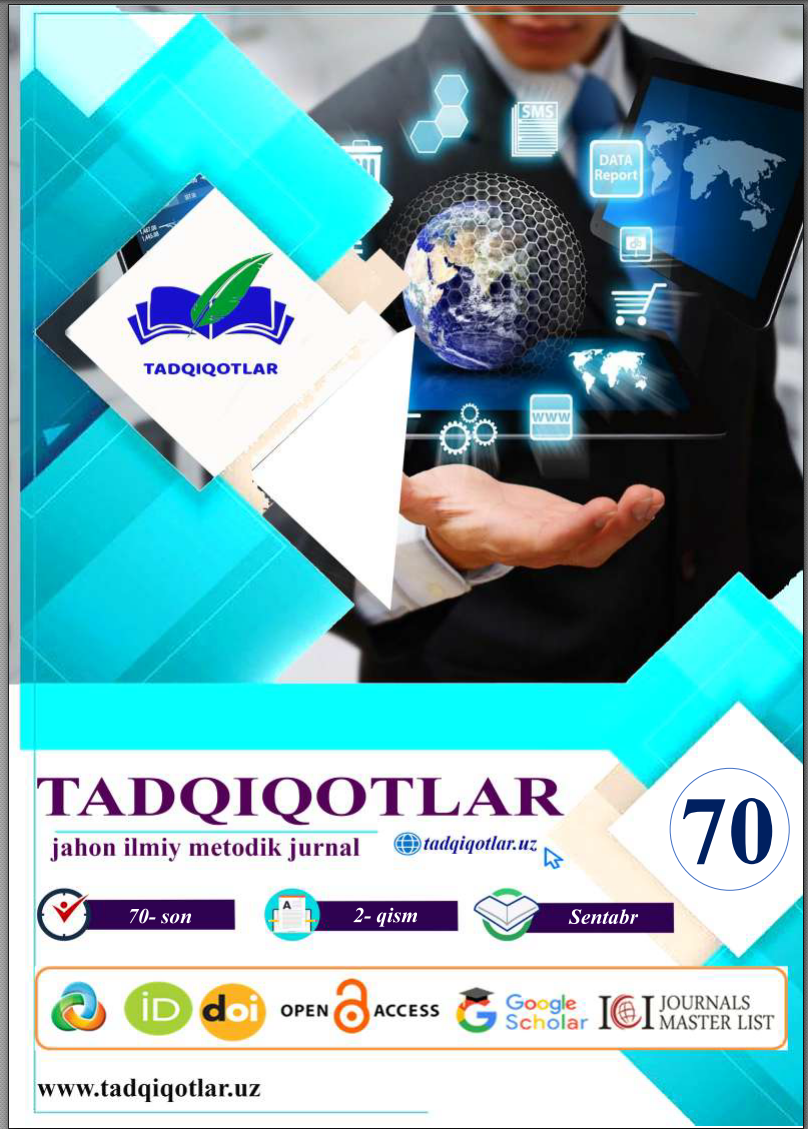LEARNER STRATEGIES FOR IMPROVING SPEAKING FLUENCY
Keywords:
Keywords: Speaking fluency, learner strategies, communication skills, self- monitoring, interaction, digital tools, language learning, motivation, practice.Abstract
ABSTRACT
Speaking fluency is a vital component of effective communication and a key
goal in language learning. Learners often face challenges such as hesitation, lack of
vocabulary, limited confidence, and poor pronunciation, which hinder their fluency
development. This study explores various learner strategies for improving speaking
fluency, including self-monitoring, shadowing, repetition drills, interaction with peers,
and the use of digital tools. It also highlights the role of motivation, exposure to
authentic materials, and consistent practice in enhancing fluency. The findings
emphasize that adopting a combination of cognitive, metacognitive, and socio-
affective strategies can significantly improve learners’ speaking performance.
Encouraging autonomy, promoting meaningful interaction, and integrating
technology-based practices are shown to be effective in fostering fluency.
References
REFERENCES
1. Brown, H. D. (2007). Principles of language learning and teaching (5th ed.).
Pearson Education.
2. Nation, I. S. P. (2011). Second language speaking. Routledge.
3. Oxford, R. L. (2017). Teaching and researching language learning strategies: Self-
regulation in context (2nd ed.). Routledge.
4. Richards, J. C., & Renandya, W. A. (Eds.). (2002). Methodology in language
teaching: An anthology of current practice. Cambridge University Press.
5. Thornbury, S. (2005). How to teach speaking. Longman.

